Lines Of Safety And Efficiency: Pavement Striping Essentials
lines of safety and efficiency:
pavement striping essentials
WHY PAVEMENT STRIPING MATTERS FOR COMMERCIAL SPACES

In high-traffic areas like shopping centers, office complexes, and industrial facilities, clear striping is not just about aesthetics. Pavement striping improves organization, safety, and the overall usability of the space. Well-defined parking spots, directional arrows, and pedestrian walkways create a structured environment, reducing confusion and potential conflicts between vehicles and people.
Poorly marked or faded lines can lead to inefficient traffic flow and even accidents, making regular maintenance and re-striping essential for managing liability. The benefits of professional pavement striping are numerous and extend beyond immediate convenience, offering long-term value for property managers who aim to create secure and efficient spaces.
key benefits of professional pavement striping
Professional pavement striping goes beyond basic organization—it contributes to a safer and more effective environment. Well-defined lines and symbols help both drivers and pedestrians understand where they need to go, reducing the risk of accidents and enhancing the overall flow of traffic. Below are some of the primary advantages that professional pavement striping brings to commercial properties.
Enhanced Safety Features
Safety is the foundation of effective pavement striping. Defined lines guide vehicles along designated paths, lowering the chance of collisions. Clear, high-visibility markings help people navigate parking lots confidently, even at night or in adverse weather. For instance, crosswalks, stop lines, and directional arrows provide essential cues for drivers and pedestrians.
In particular, striping designates fire lanes, loading zones, and restricted areas, ensuring compliance with safety regulations and local codes. Property managers benefit from reduced liability when these critical areas are clearly marked and accessible to emergency services.
Pedestrian safety also improves through pavement striping, as visible crosswalks and “no parking” zones create safer paths for foot traffic. When pedestrians know where to cross, and drivers can anticipate these crossings, the likelihood of an accident decreases. These strategic markings create a more organized environment, reducing chaos and helping drivers navigate without sudden stops or turns, which could otherwise lead to collisions.
Streamlined Traffic Flow and Efficiency
In commercial settings, congestion in parking lots or driveways can frustrate drivers and slow down business operations. Pavement striping provides a solution by clearly directing drivers, which helps reduce bottlenecks and waiting times. Defined pathways and lanes guide drivers through the property, allowing them to park, exit, or access specific areas with ease.
Striping also assists with managing the flow of vehicles under various conditions. For example, during peak business hours or high-traffic seasons, marked lanes allow cars to move through parking lots with minimal disruption. In contrast, poorly marked lots can cause confusion, as drivers might find themselves searching for direction or blocking other vehicles. By eliminating uncertainty, well-executed striping creates a smoother experience that enhances the property's overall functionality.
Pavement striping contributes to an organized, well-functioning parking lot that helps avoid common traffic issues, including bottlenecks and blocked pathways. This results in a space that can handle increased demand efficiently, benefiting both tenants and visitors.
best practices for effective pavement striping
Achieving reliable, durable pavement striping requires a combination of high-quality materials, professional equipment, and skilled application. These best practices ensure that each project delivers the safety and efficiency that commercial properties require.
choosing the right materials
Selecting suitable materials is critical to the success of any pavement striping project. High-quality paint and other marking materials not only improve visibility but also extend the lifespan of the lines, reducing the frequency of maintenance. Asphalt Solutions focuses on recommending materials that suit each client’s unique needs, balancing budget considerations with long-term performance.
The type of paint or thermoplastic used depends on factors such as expected traffic levels, climate, and specific safety requirements. For example, high-traffic areas may require more durable materials, such as epoxy-based or reflective paints, to withstand constant wear. Reflective elements improve nighttime visibility, which is particularly valuable for properties with extended operating hours.
In addition to recommending the best materials, Asphalt Solutions prioritizes transparency in helping clients understand the options available. Instead of suggesting unnecessary upgrades, Asphalt Solutions consults with clients to find materials that meet both budget and performance needs. This careful selection of materials supports safe, functional spaces while minimizing the need for premature re-striping.
accurate application techniques
Precision is essential for professional pavement striping. Without accurate application, even high-quality materials can fail to provide the clarity and durability needed for busy commercial spaces. Experienced contractors at Asphalt Solutions use specialized equipment and refined methods to create straight, consistent lines.
To achieve precise, long-lasting striping, contractors follow several key steps:
- Using Professional Equipment: High-quality striping machines produce sharp lines and consistent application thickness, enhancing visibility and durability.
- Precise Measurement: Contractors measure spaces carefully to ensure that lines and symbols align correctly with the property’s layout. This prevents mistakes that could disrupt traffic flow or waste materials.
- Weather Considerations: Pavement striping is best applied during dry, mild weather. Applying paint on wet or extremely hot pavement can result in uneven lines or weak adhesion, leading to faster wear and tear.
- Paint Selection: Choosing weather-resistant paint helps stripes withstand the wear of both traffic and elements, keeping lines bright and effective for longer. Paints with reflective properties are also available for added safety.
- Adhering to Regulations: Contractors follow local codes for line thickness, color, and placement, ensuring that the final layout complies with safety standards. These regulations are especially important for commercial spaces where clarity and safety are paramount.
- Guideline Marking: Pre-marking the pavement with chalk or tape ensures that the final application is accurate. Contractors follow these preliminary markings closely to produce a clean, professional finish.
- Consistent Alignment Checks: During application, contractors frequently inspect alignment from multiple angles, adjusting as necessary. This prevents misalignment, which can cause confusion for drivers and pedestrians.
- Proper Drying Time: Allowing the paint to dry fully before reopening the area to traffic prevents smearing, which could compromise the appearance and effectiveness of the striping.
By following these steps, Asphalt Solutions ensures that each striping project meets high standards for visibility, durability, and compliance. Professional application is vital for creating a space that is safe, efficient, and visually appealing.
maintaining pavement striping for long-term use
To retain the benefits of pavement striping, routine maintenance is essential. Over time, exposure to weather, vehicle traffic, and cleaning chemicals can cause fading and deterioration. Regular inspections allow property managers to identify areas where re-striping may be necessary, preserving the layout's functionality and visual appeal.
Asphalt Solutions provides guidance on appropriate re-striping intervals based on factors like traffic levels, climate, and material type. Routine upkeep can help avoid disruptions and maintain a professional appearance, ensuring the property remains safe and efficient for all users.
Contact asphalt solutions today!
Pavement striping is a critical component of safety and organization in commercial spaces. By selecting high-quality materials, applying stripes with precision, and maintaining clear markings, property managers can create an environment that benefits both drivers and pedestrians. The professionals at Asphalt Solutions bring the knowledge and expertise needed to ensure each striping project enhances safety, efficiency, and overall functionality.
For dependable pavement striping and all other commercial asphalt needs,
contact Asphalt Solutions today. Let’s work together to improve the safety and organization of your property.

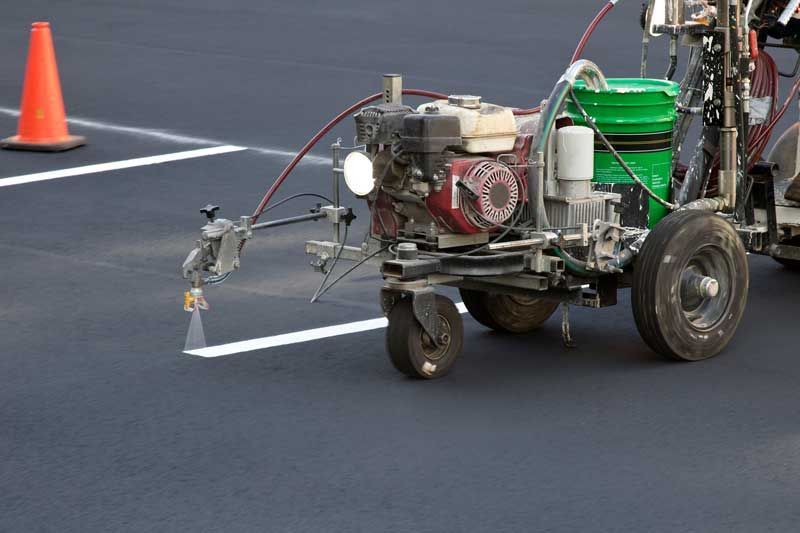
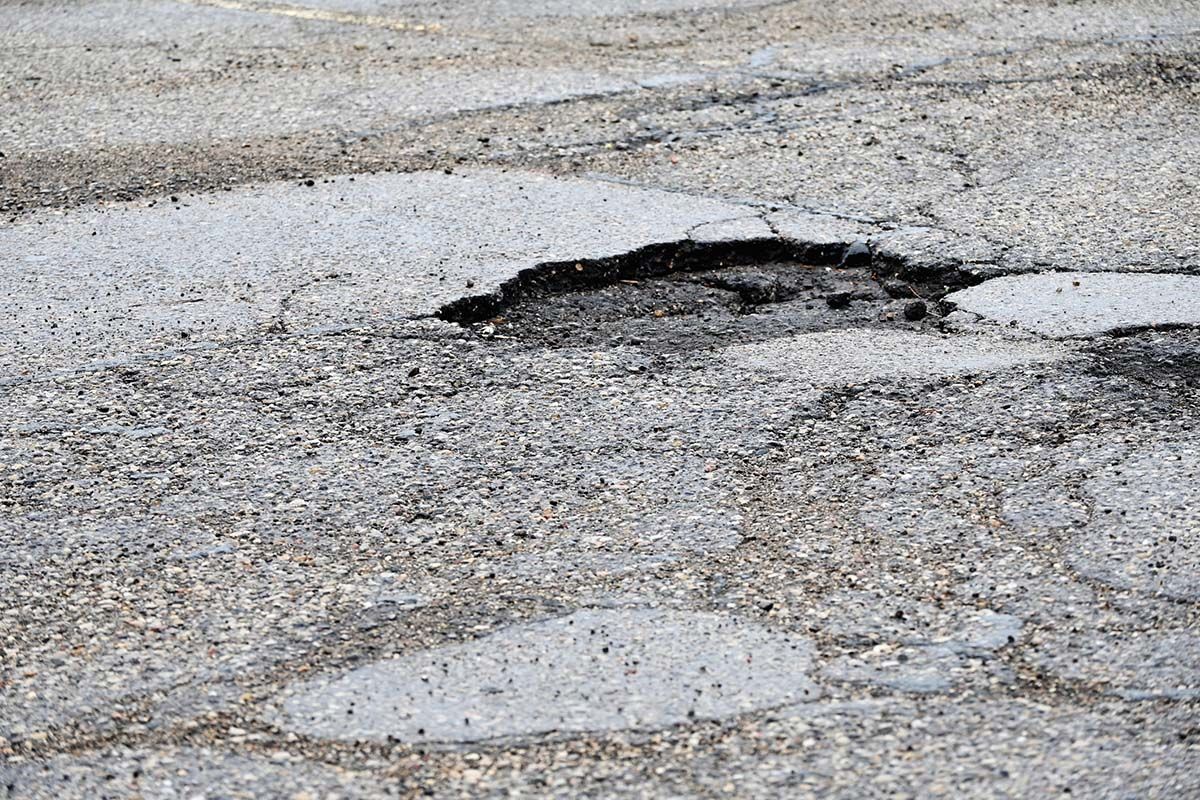
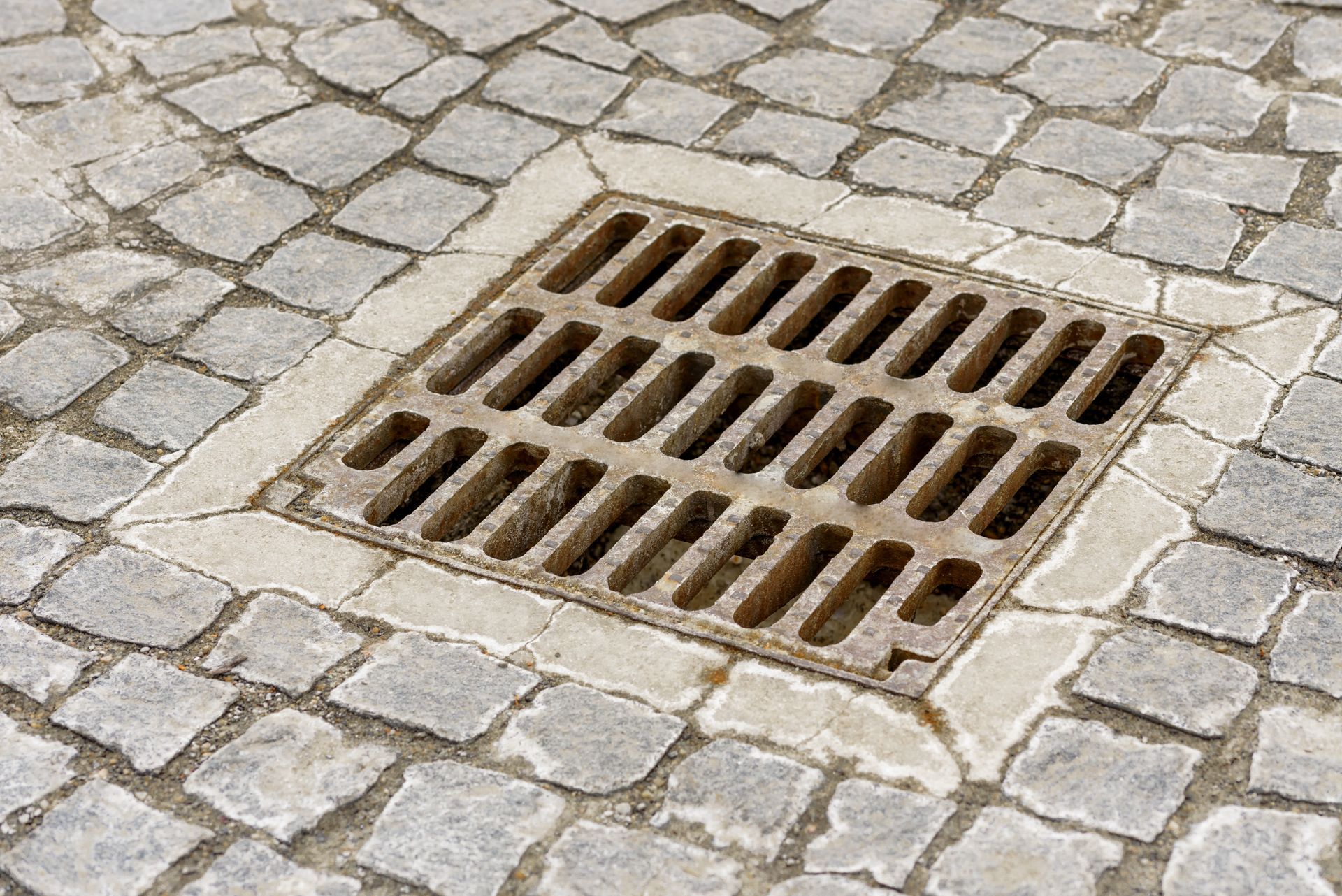
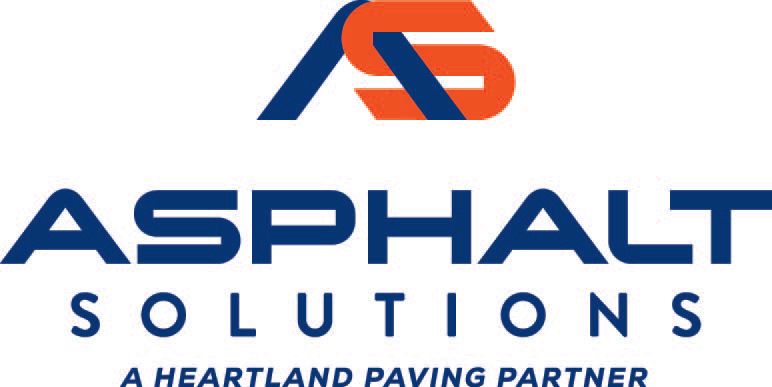

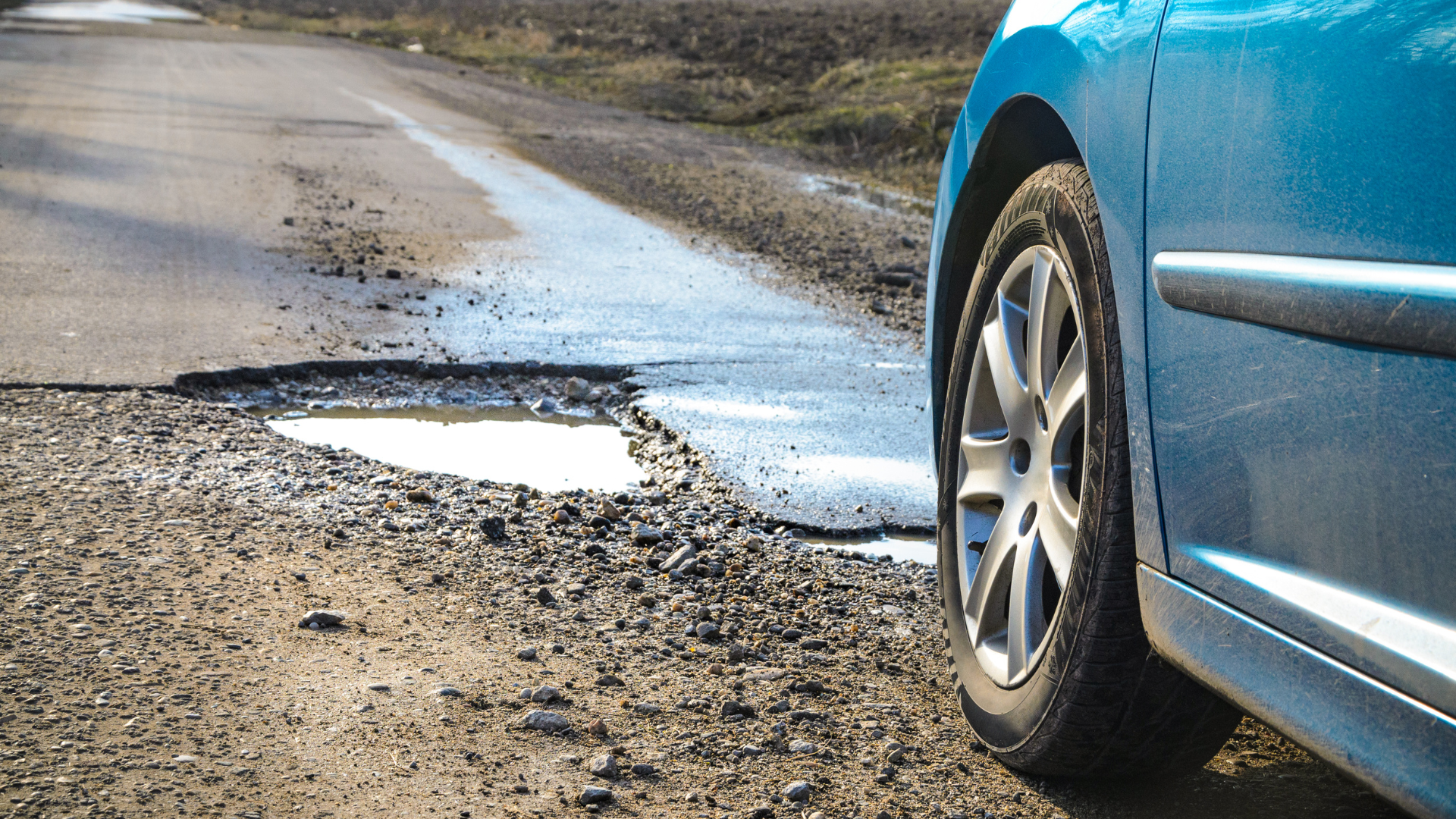


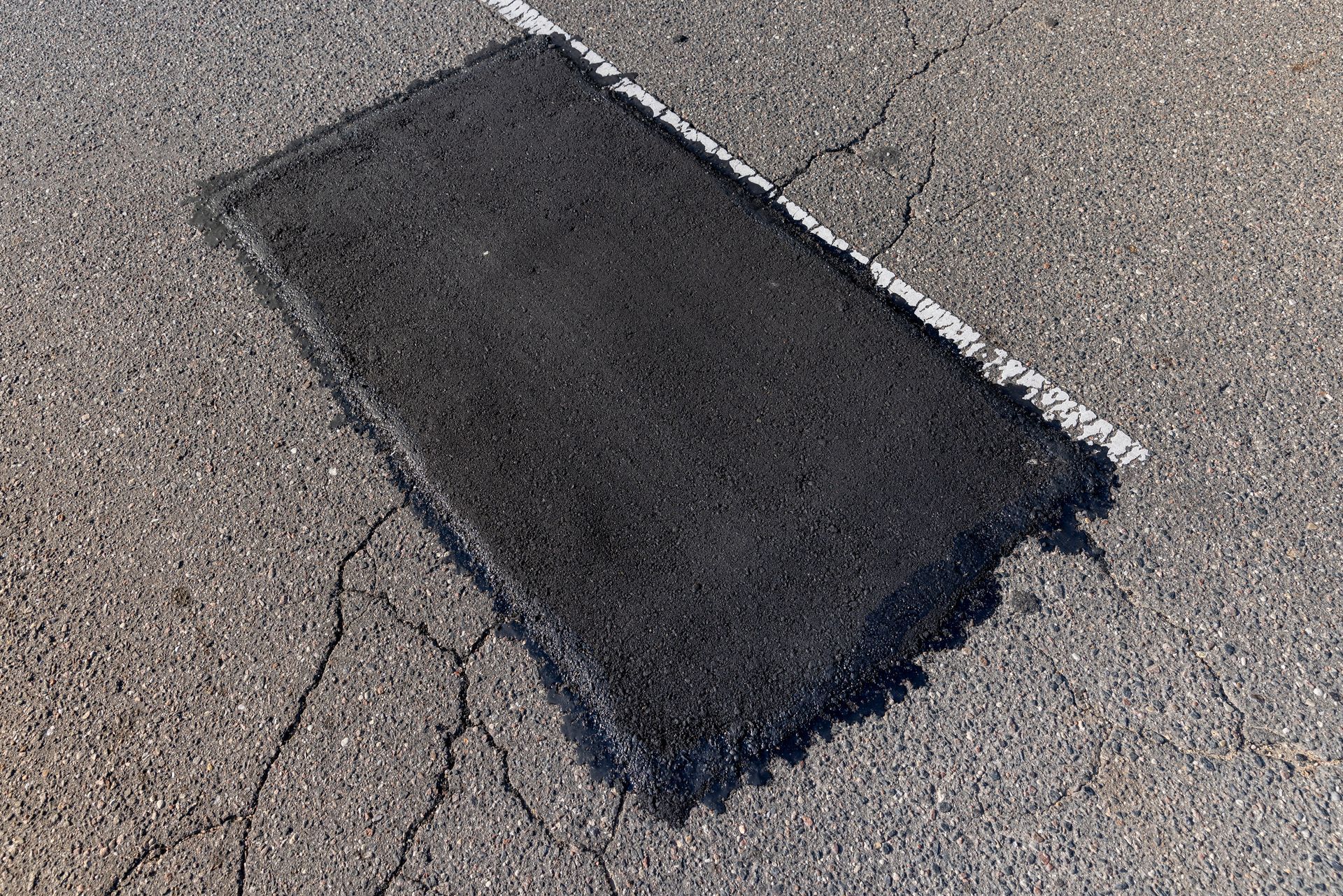

Share On: